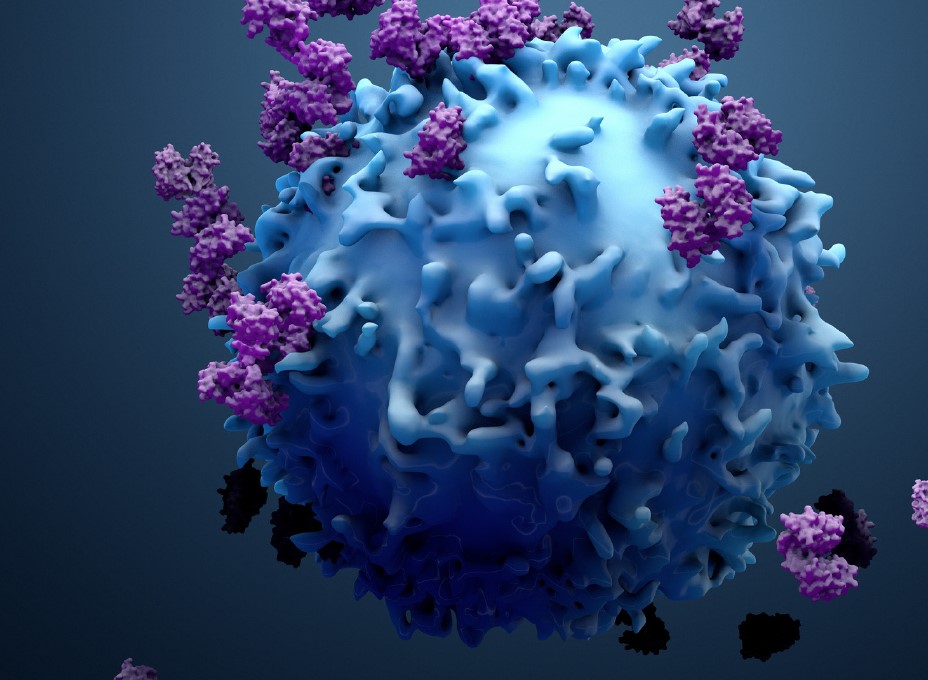Authored by Innovative Science Solutions, now part of Lumanity
The ToxicoGenomica team has brought genomic causation analysis into over 30 cancer cases for defendants in cases involving benzene, radiation, and asbestos.
Lately, we have noticed an upward trend of prominent plaintiff law firms investing heavily in arguing the genetics of cancer, including working with experts with international level reputations in cancer research. For instance, the Lanier firm’s efforts include working with Dr. Joseph Testa (PhD, Fox Chase Medical Center) in a mesothelioma case in Connecticut (Breakell), and with Dr. Dean Felsher (MD, PhD Stanford Medical) in the prior trial (Ingham) that produced a $4+ billion verdict involving 22 women with ovarian cancer. In both cases, there was a deep focus on the role of genetics in cancer. This blog post about the Ingham trial includes a genetics graphic that was used, and a brief video clip of some of Dr. Felsher’s testimony. We also see other evidence that the Lanier firm is taking on cases involving young people with cancer.
A newly published article by three asbestos litigation plaintiff’s (mostly) experts (Emory, Maddox, and Kradin) creates unique new systematic risks and opportunities for defendants and insurers. Specifically, the new article, titled Malignant mesothelioma following repeated exposures to cosmetic talc: a case series of 75 patients, is focused on 75 purported talc exposure mesotheliomas. The article follows up on a 2020 article by Dr. Moline involving a different set of 33 individuals with mesotheliomas and talc exposure.
The articles by Dr. Moline et al. and Dr. Emory et al. create both systematic risk and opportunities for defendants and their insurers. The systematic risk is that the articles will be used successfully by plaintiffs to block defense motions for summary judgment in most any asbestos case. The opportunity for defendants and insurers lies in the fact that the articles report that 26 of the 108 patients with mesothelioma were under age 50. That is a striking number of early onset cancers in any cohort, and a strong indicator of genetically caused cancers. Indeed, the manifestation of a cancer under age 50 is one of several well accepted criteria used by genetic counselors and well-trained doctors as a signal that it is appropriate to investigate whether the patient suffers from cancer because of inherited genetic mutations, regardless of any “exposure.” Genomic sequencing of persons under age 50 may well reveal inherited (germline) mutations that put many or all of those people into the category of persons who suffer from one (or more) of the 200+ familial cancer syndromes reported in the medical literature.
For the 26 persons with cancer under age 50, some further specifics are as follows. Dr. Moline’s article reports that 9 of their 33 persons with mesothelioma were under age 50, including one age 27 and one age 30. Dr. Emory’s article reports that 17 of the mesotheliomas arose in persons under age 50 (the reported ages at onset included 14, 24, 26, 29, 30 (2), 32 and 35).
From our perspective, there are multiple reasons why defendants and their insurers could and should seek to consider a systematic review for inherited germline mutation genomes of those 26 people, or perhaps an even broader group.
Download the full whitepaper
Download a complimentary copy of our whitepaper: The Litigator’s Guide to Using Genomics in a Toxic Tort Case.
"*" indicates required fields











